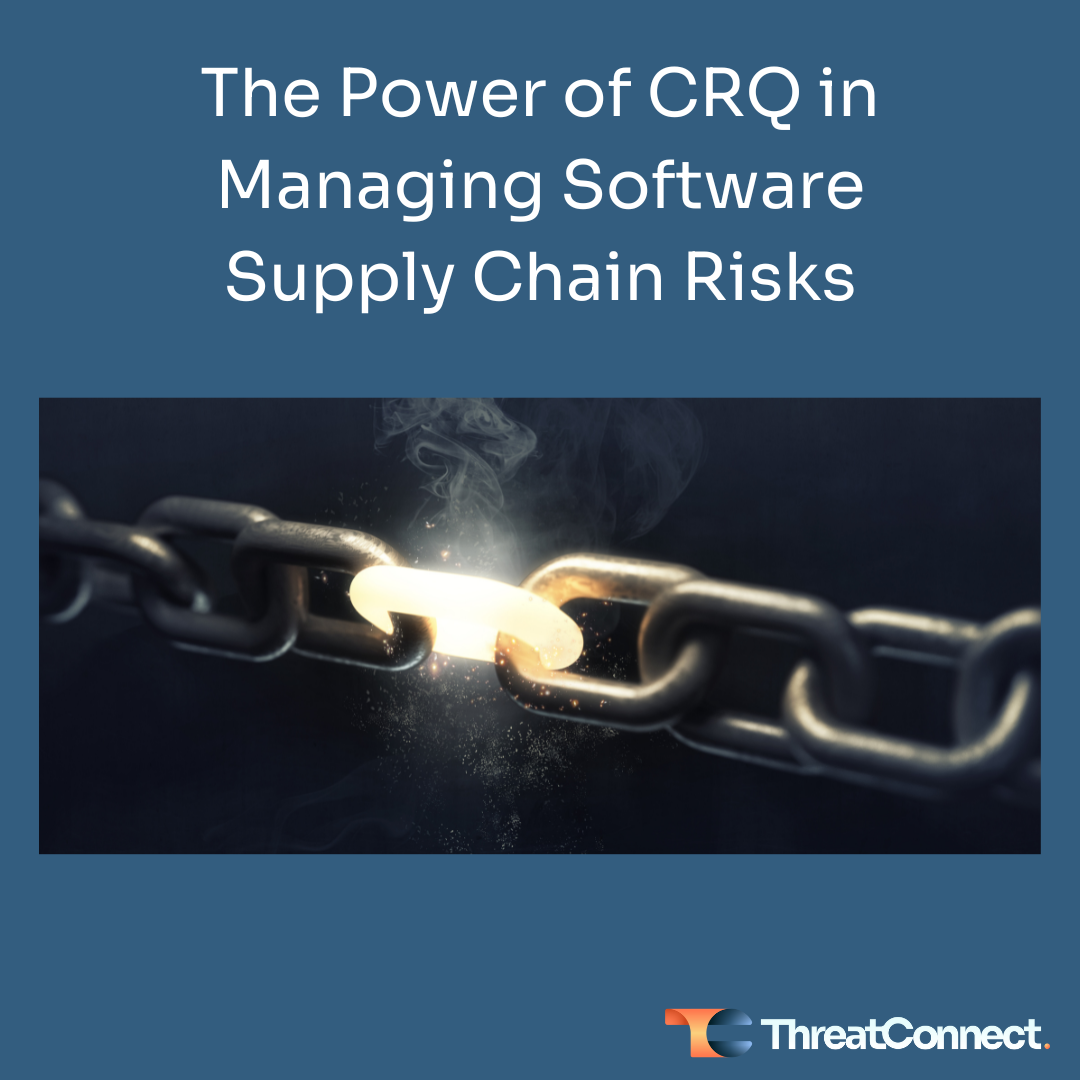Posted
In today’s interconnected world, software supply chains play a crucial role in the functioning of businesses and organizations across various sectors. However, they also present a significant risk to cybersecurity. The increasing complexity and interdependencies within software supply chains have made them vulnerable to various threats, such as malware, data breaches, and unauthorized access. To effectively manage these risks, organizations are turning to a powerful tool: cyber risk quantification. In this blog post, we will explore the benefits of cyber risk quantification in managing software supply chain risk and security.
Identifying Vulnerabilities and Prioritizing Actions:
Cyber risk quantification allows organizations to gain a comprehensive understanding of their software supply chain risk landscape. By quantifying risks in monetary terms or using other relevant metrics, organizations can identify the most critical vulnerabilities and prioritize actions accordingly. This enables them to allocate resources effectively, addressing the most significant risks first and reducing the overall exposure to potential threats.
Enhancing Vendor Risk Management:
Software supply chains involve multiple vendors and suppliers, each introducing their own set of risks. Cyber risk quantification provides organizations with a standardized approach to assess and compare the security posture of different vendors. By quantifying the potential impact and likelihood of risks associated with each vendor, organizations can make informed decisions about selecting and managing vendors, mitigating the risks associated with the software they provide.
Making Informed Risk Mitigation Investments:
With cyber risk quantification, organizations can make data-driven decisions about their investments in risk mitigation strategies. By quantifying risks, organizations gain a clearer understanding of the potential financial impact of a cyber incident. This information helps them determine the optimal level of investment required to mitigate risks and protect their software supply chain. It allows organizations to align their risk mitigation efforts with their risk appetite, ensuring a cost-effective approach to cybersecurity.
Facilitating Communication and Collaboration:
Cyber risk quantification provides a common language for communication and collaboration among various stakeholders involved in the software supply chain. It allows organizations to effectively communicate the potential impact of cyber risks to senior management, board members, and other decision-makers. This shared understanding fosters better collaboration between IT departments, software developers, vendors, and business units, enabling a coordinated approach to managing software supply chain risks.
Supporting Regulatory Compliance:
In today’s regulatory landscape, organizations are increasingly required to demonstrate their ability to manage cyber risks effectively. Cyber risk quantification provides organizations with a robust methodology and evidence-based approach to meet regulatory requirements. By quantifying risks and implementing appropriate risk mitigation measures, organizations can demonstrate their compliance and reduce the potential legal and financial consequences of non-compliance.
Continuous Monitoring and Improvement:
Cyber risk quantification is not a one-time exercise but an ongoing process. Organizations can continuously monitor and update their risk assessments based on changing threats, vulnerabilities, and the evolving software supply chain landscape. By regularly quantifying risks, organizations can proactively identify emerging risks, adapt their risk mitigation strategies, and improve their overall cybersecurity posture.
Conclusion:
Managing software supply chain risk and security is a complex endeavor that requires a proactive and strategic approach. Cyber risk quantification provides organizations with a powerful tool to gain a comprehensive understanding of their risk landscape, prioritize actions, and allocate resources effectively. By quantifying risks, organizations can make informed decisions about vendor selection, risk mitigation investments, and compliance efforts. It also promotes better communication and collaboration among stakeholders and supports continuous monitoring and improvement. Embracing cyber risk quantification as a core component of software supply chain management can significantly enhance cybersecurity resilience and help organizations stay ahead in the ever-evolving threat landscape.
To learn more about how ThreatConnect RQ enables you and your team to be more effective, decisive, and collaborative, click here to speak with one of our experts or request a demo of our Platform.
